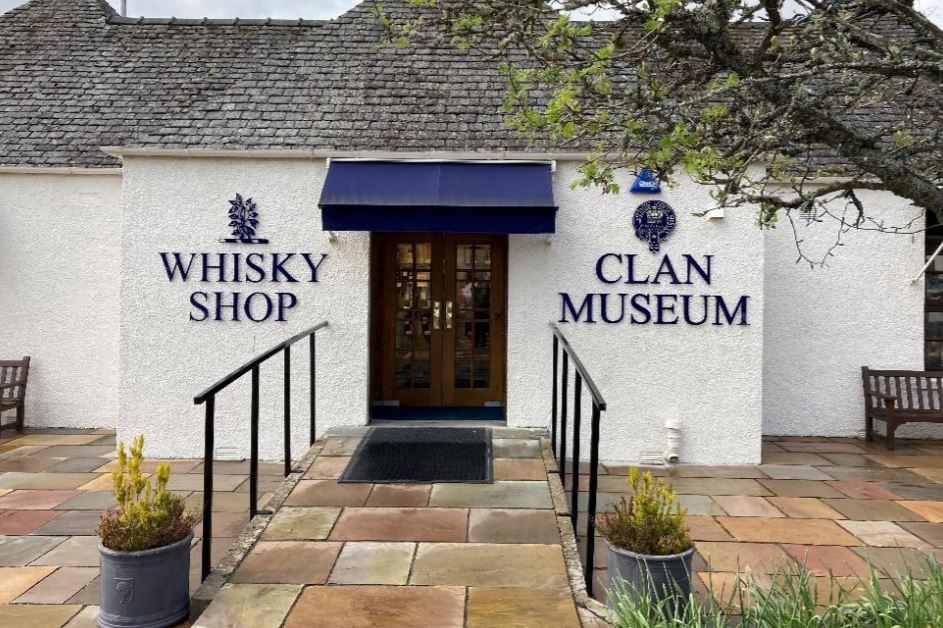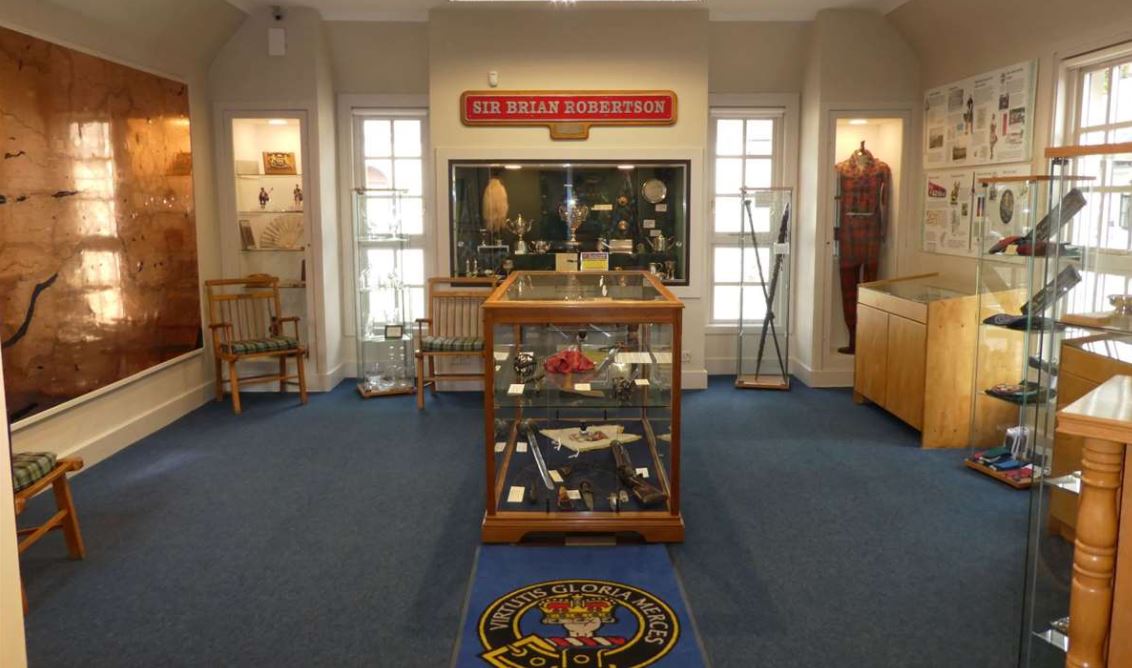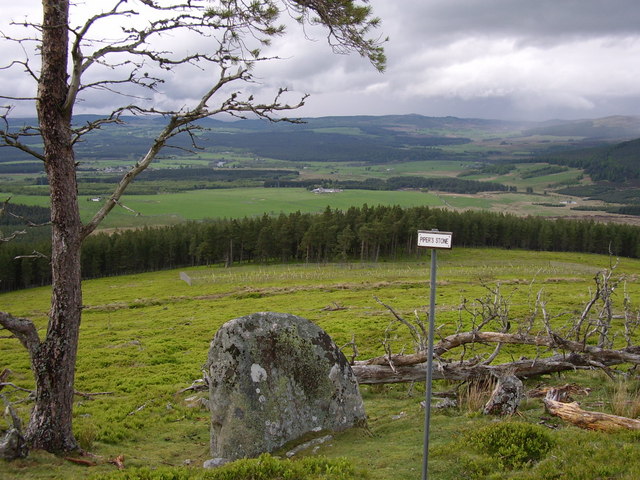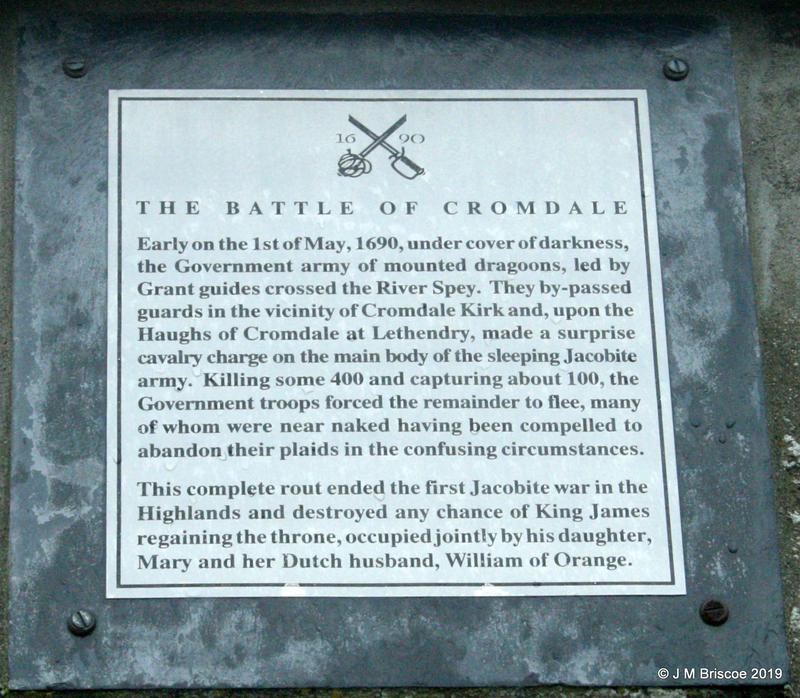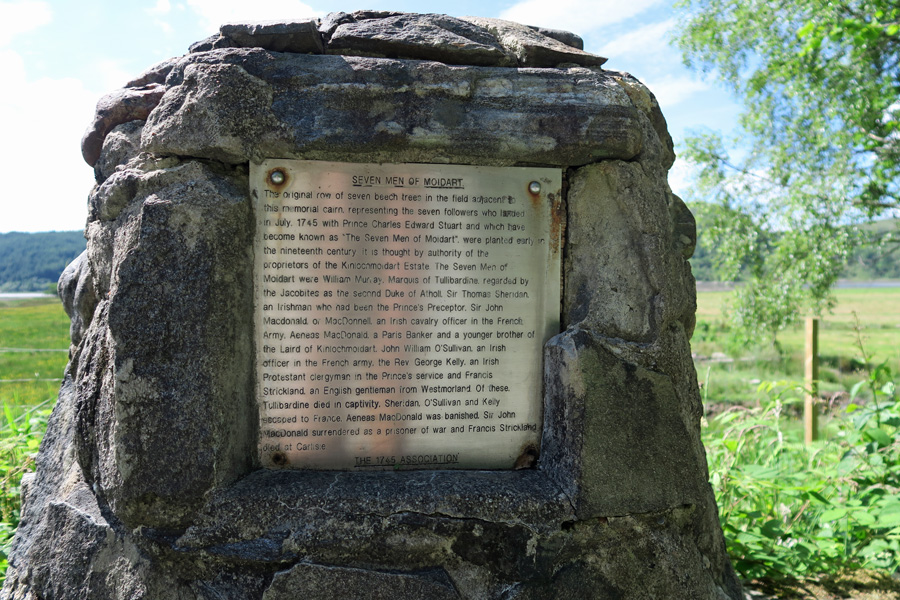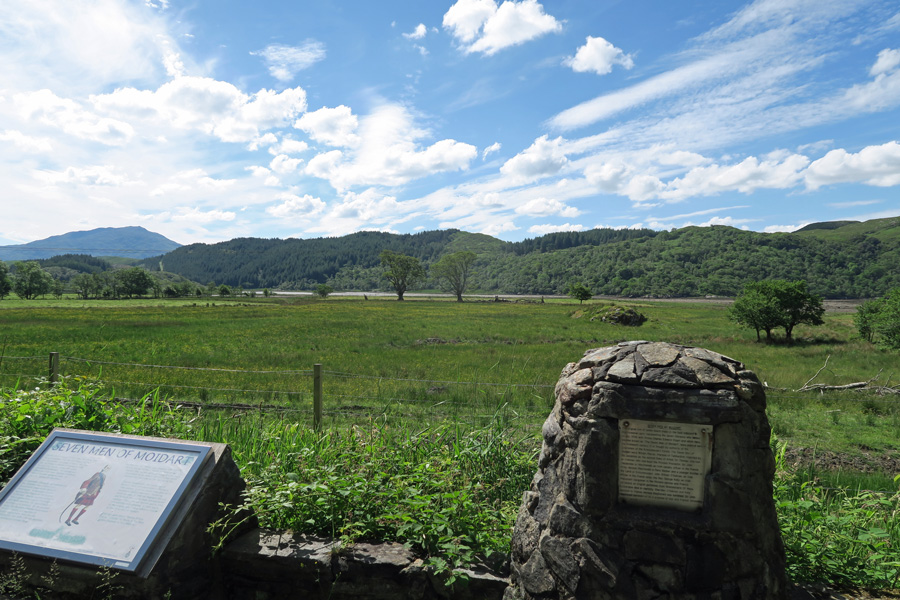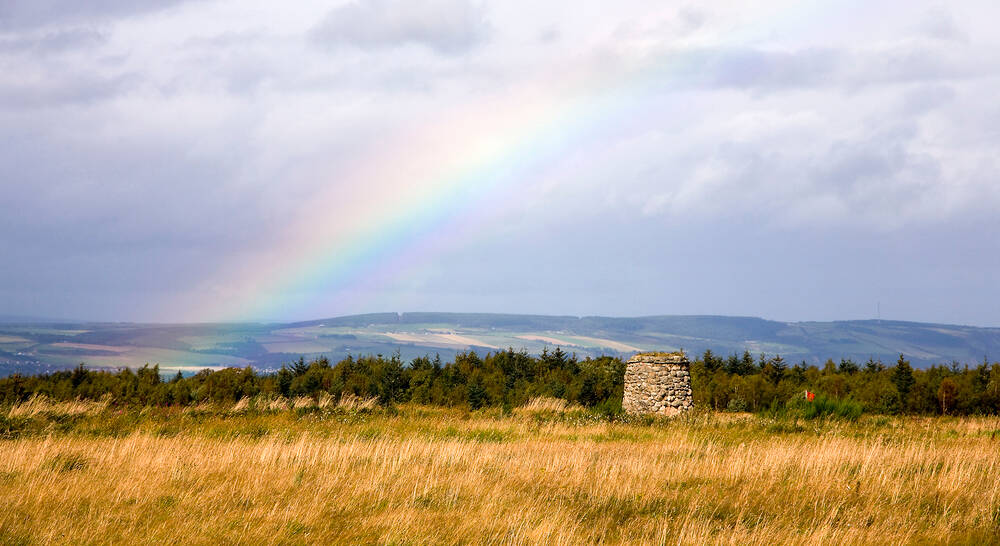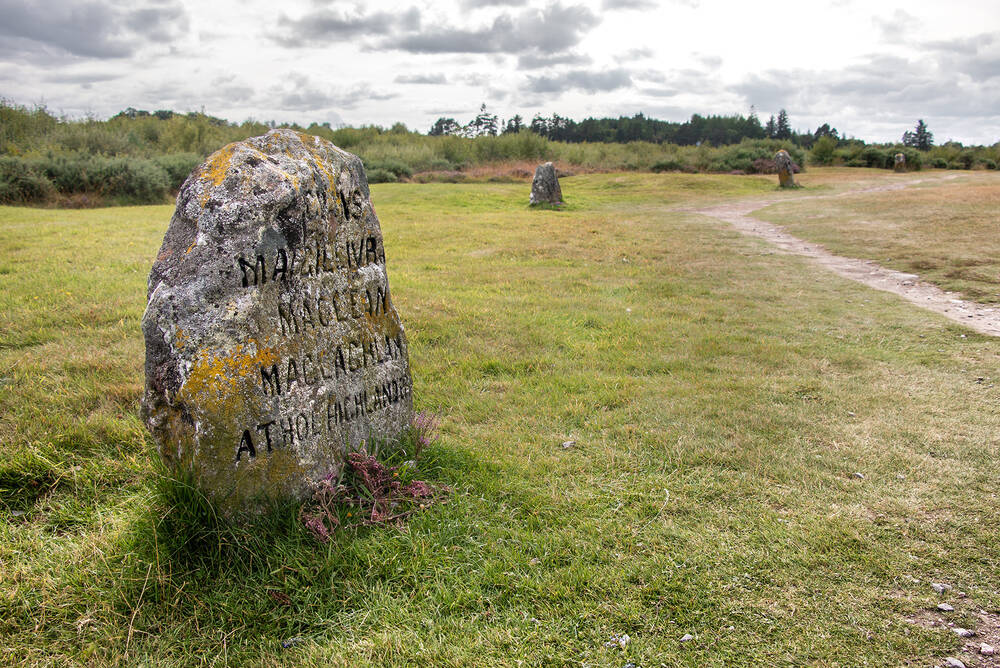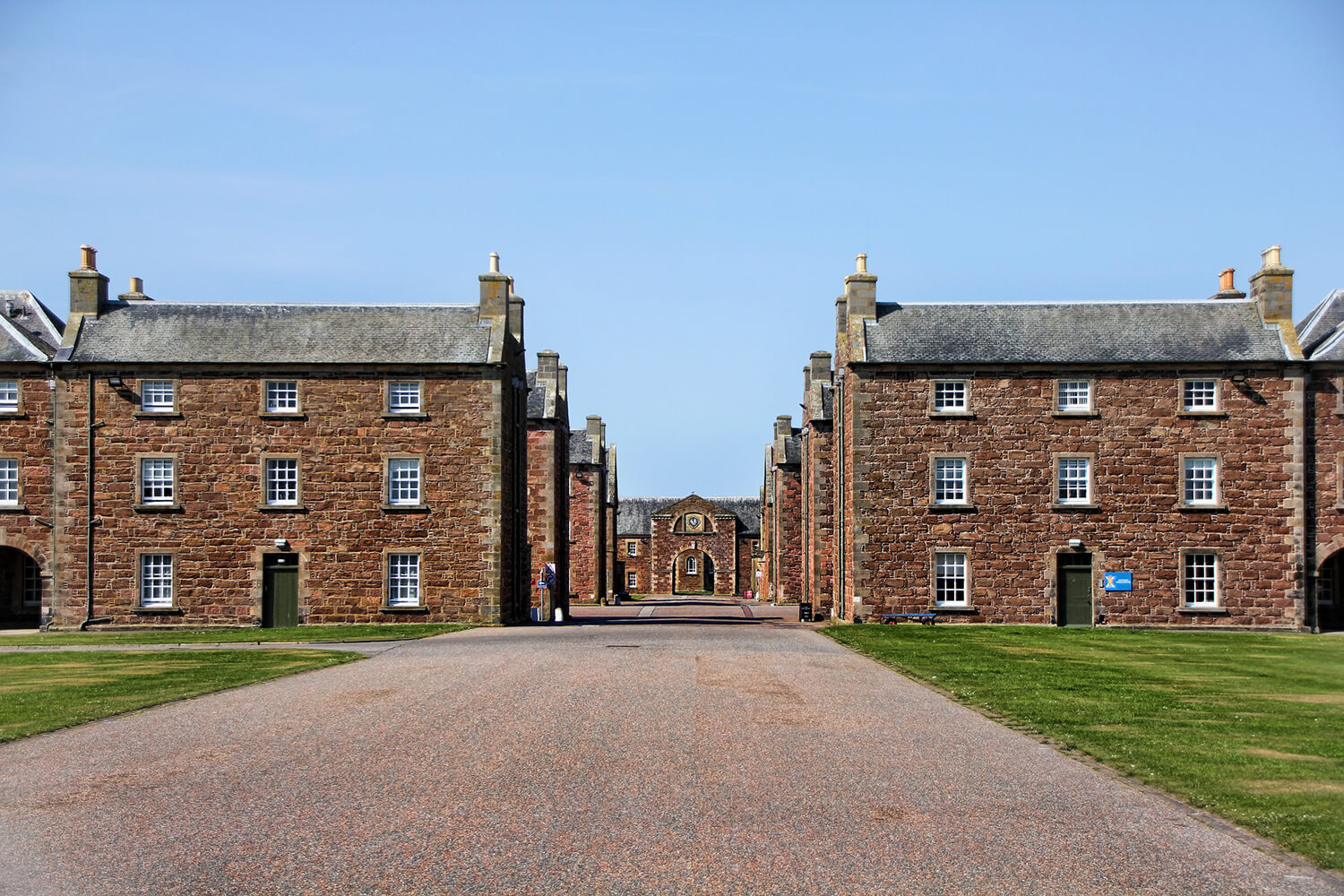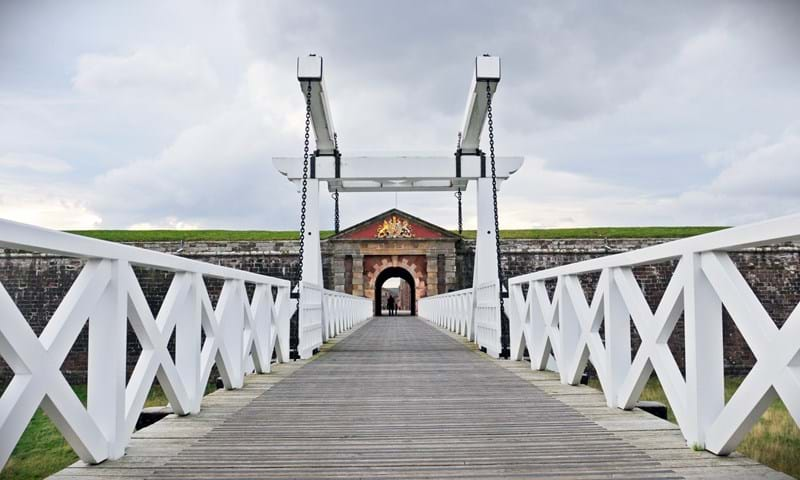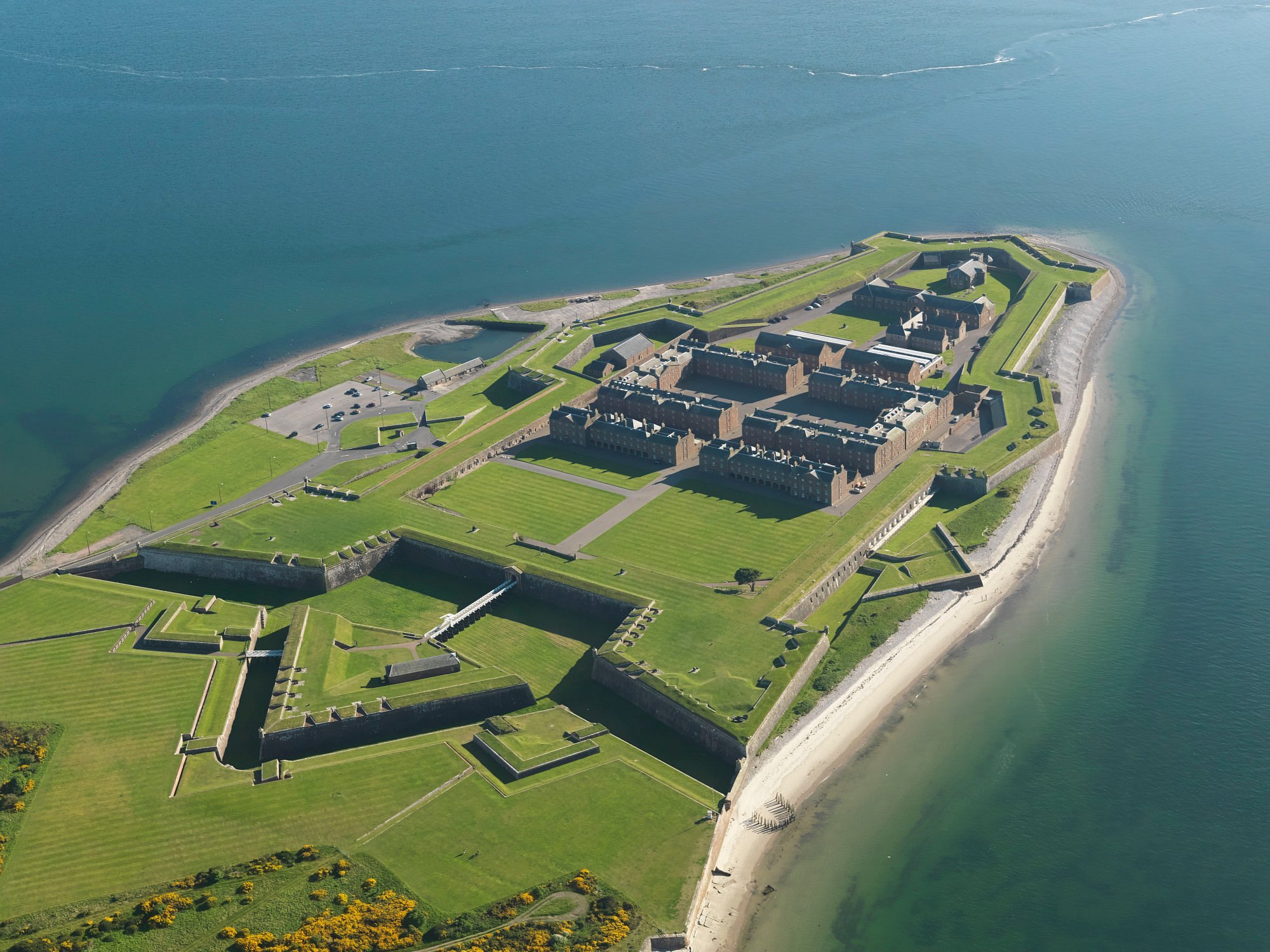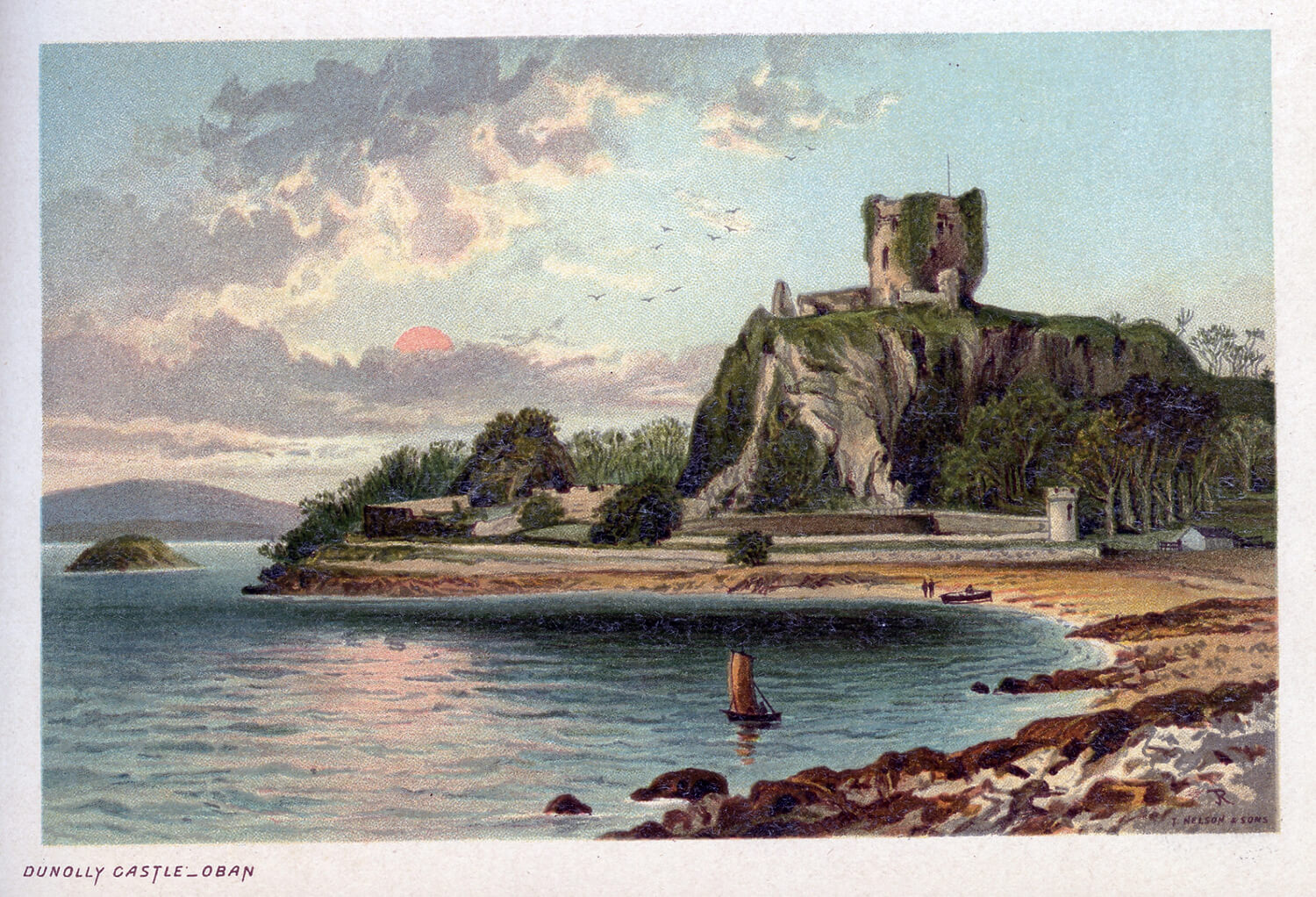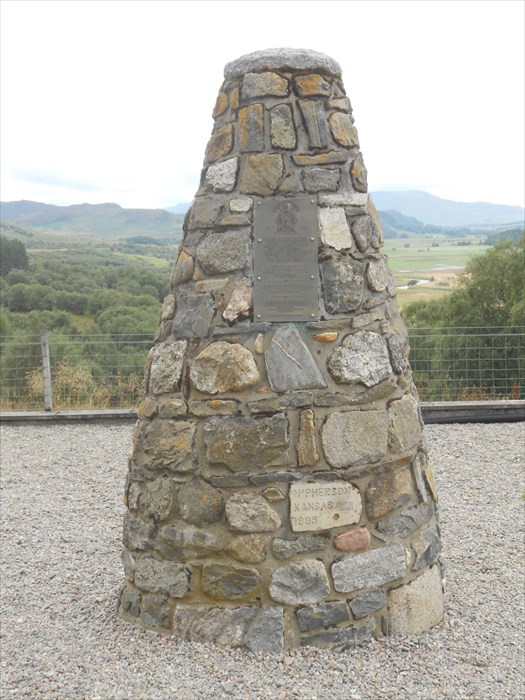Clan Donnachaidh (the 'Children of Duncan'), made up of Robertsons, Duncans, Reids and other surnames, is closely associated with an area stretching from Rannoch in the west of Perthshire to the border with Angus in the east. It played an important part in in the 1689, 1715 and 1745 Jacobite risings. The museum contains Jacobite items and gives an overview of clan history. Jacobite exhibits include the sword, pistol and sporran of Donald Robertson of Woodsheal, who led the clan into battle on behalf of his cousin, the aged Chief, Alexander Robertson of Struan, who took part in all three Jacobite rebellions. There is also the travelling fiddle of Sir John Cope, the commander of the defeated government troops at the Battle of Prestonpans, which was found in his coach after the battle. The coach and all its contents were given to Struan, who returned home in it.
Access
Mon-Sun 10.00 am to 5.00 pm. Admission free.
Website
Contact
Tel: 01796 483770
Mob: 07931 217681
email: admin@donnachaidh.com

